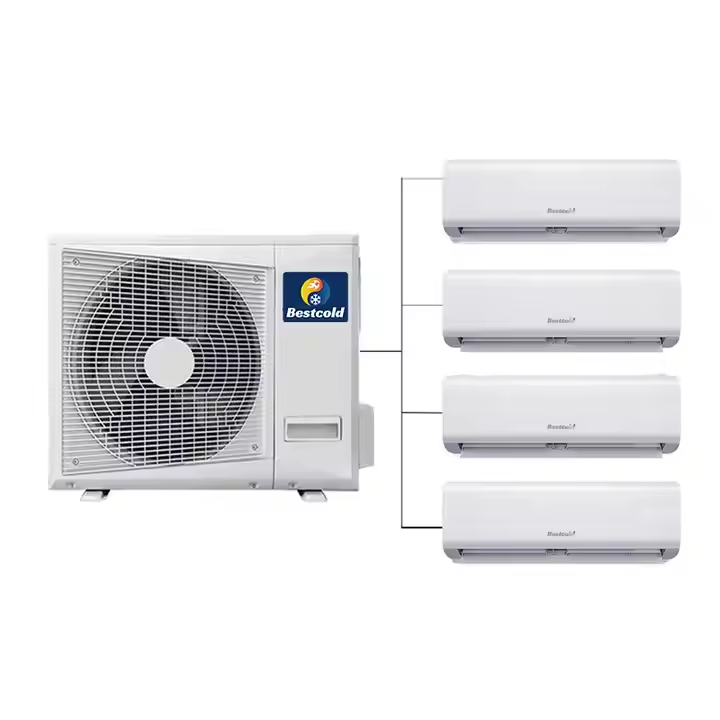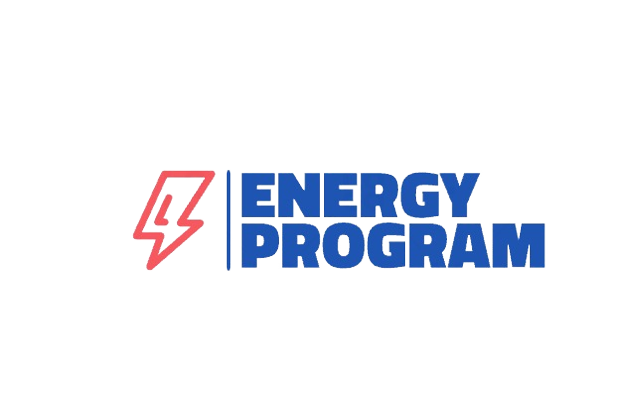
When it comes to choosing an air conditioning system for your home or office, it’s essential to understand the different options available. Two popular types are Variable Refrigerant Flow (VRF) and multi-split systems. Both have their advantages, but they cater to different needs and preferences. In this blog post, we’ll explore the differences between these two systems to help you make an informed decision.
What is a VRF System?
Variable Refrigerant Flow (VRF) systems are advanced and versatile air conditioning solutions designed for both commercial and residential applications. They use refrigerant as the cooling and heating medium, which allows for individual zone control. Here are some key features of VRF systems:
- Energy Efficiency: VRF systems are known for their high energy efficiency. They can vary the flow of refrigerant to each indoor unit based on the exact requirements, minimizing energy waste.
- Zone Control: Each indoor unit in a VRF system can be controlled independently. This means different rooms or zones can be set to different temperatures, providing personalized comfort.
- Flexibility: VRF systems can connect to multiple indoor unit types, such as wall-mounted units, ceiling cassettes, and ducted units, offering flexibility in installation and design.
- Scalability: VRF systems are ideal for larger buildings as they can be scaled to accommodate many indoor units connected to a single outdoor unit.
74 M units
In 2022, the global demand for room air conditioners amounted to nearly 100 million units, while demand for packaged air conditioners stood at approximately 17.9 million units. Within the observed period, demand for room air conditioners peaked in 2019 at close to 102 million units.
What is a Multi-Split System?
Multi-Split air conditioning systems are somewhat similar to VRF systems but with some distinct differences. They also use refrigerant to cool and heat, but their operation and structure are simpler. Key features of multi-split systems include:
- Energy Efficiency: While multi-split systems are energy efficient, they generally do not match the efficiency levels of VRF systems, especially in larger installations.
- Zone Control: Multi-split systems allow for some level of zone control, but it’s not as granular as in VRF systems. Typically, a single outdoor unit is connected to multiple indoor units, which can be individually controlled but with limited flexibility.
- Installation: Multi-split systems are easier and less expensive to install compared to VRF systems. They are well-suited for small to medium-sized buildings, such as homes and small offices.
- Scalability: These systems are not as scalable as VRF systems. They are more suited for applications where fewer indoor units are needed.
- Key Differences Between VRF and Multi-Split Systems
- Control and Flexibility:
- VRF: Offers precise control over individual zones, making it suitable for large buildings with diverse cooling and heating needs.
- Multi-Split: Provides basic zone control, ideal for smaller applications where extensive customization is not required.
- Energy Efficiency:
- VRF: Highly energy-efficient due to its ability to modulate refrigerant flow based on demand.
- Multi-Split: Efficient but not to the same extent as VRF, particularly in larger installations.
- Installation Cost and Complexity:
- VRF: More complex and costly to install, suitable for larger and more complex projects.
- Multi-Split: Simpler and more cost-effective installation, perfect for smaller spaces.
- Application:
- VRF: Best for large commercial buildings, multi-story offices, and buildings with diverse cooling and heating requirements.
- Multi-Split: Ideal for residential homes, small offices, and buildings with fewer rooms or zones.
- Which One Should You Choose?
- The choice between a VRF and a multi-split system depends on your specific needs:
- Choose a VRF system if you need high energy efficiency, precise zone control, and scalability for a large building with varying climate control needs.
- Choose a multi-split system if you’re looking for a cost-effective, straightforward solution for a smaller building with fewer zones.
- Both VRF and multi-split systems offer reliable and efficient cooling and heating solutions. Understanding their differences can help you make the best choice for your specific requirements, ensuring comfort and efficiency in your space.
